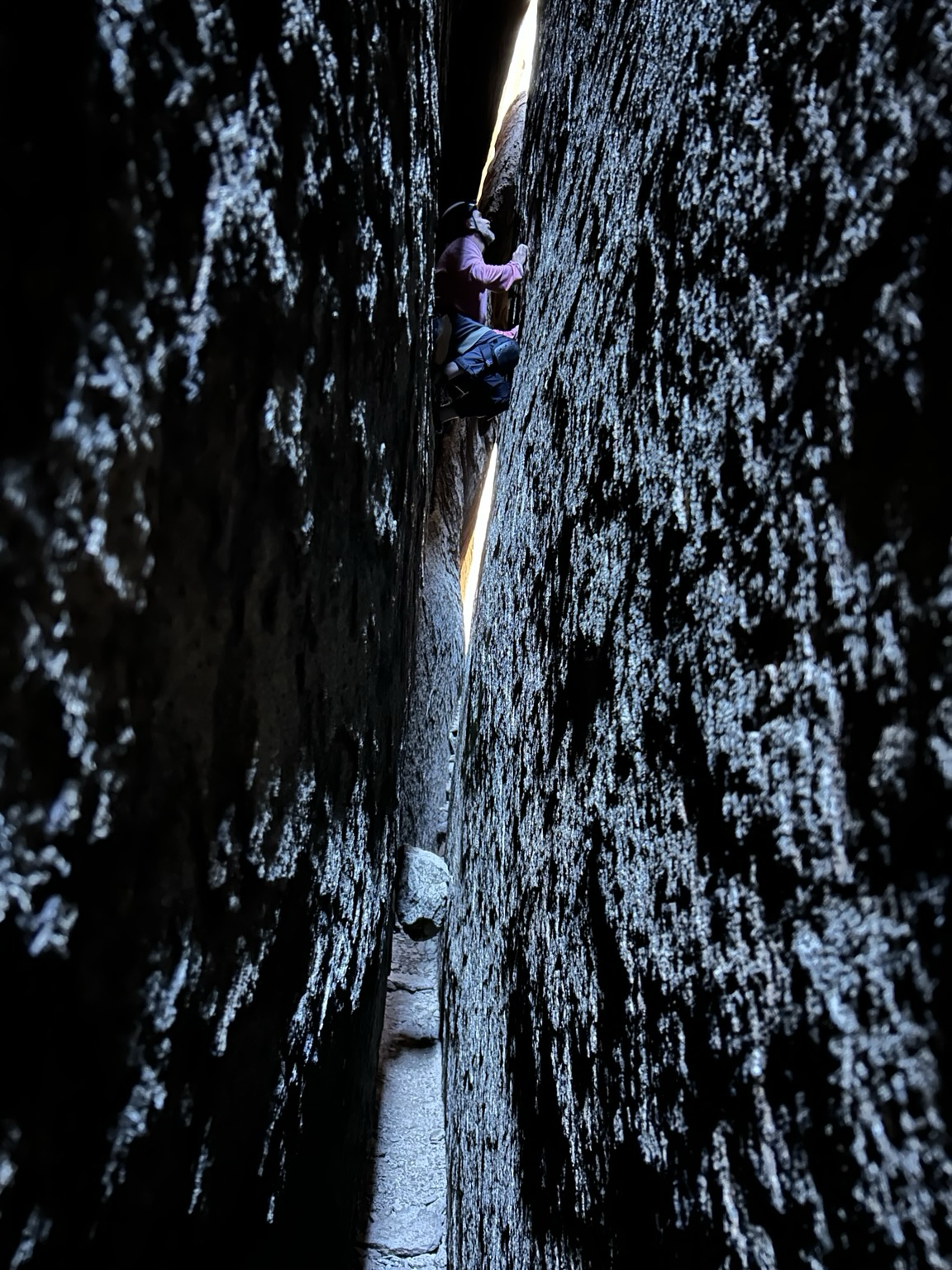The Prescription—July
-
Summer has officially arrived and climbers are turning their attentions to northerly latitudes, higher elevations, and lofty peaks. This month we feature two accidents that took place last summer on Teewinot (12,330 feet) in Grand Teton National Park, Wyoming. While these accidents differ in immediate cause and final outcome, they share a common origin: the use of hiking-specific applications for beta and route-finding, versus using climbing-specific resources.
STRANDED | Inexperience With Snow Climbing
Grand Teton National Park, Teewinot Mountain
On July 14 at 3:45 p.m., National Park Service personnel received a cell phone call from two young climbers stuck on Teewinot (12,330 feet). The male climbers, aged 19 and 20 years, reported that they were on a snowfield north of the Idol and Worshiper rock formations. They were carrying ice axes but did not know how to use them. They also reported that the snow was soft and they were unable to descend any further. The incident commander coached them on proper descent practices. The climbers then reported over the phone that, despite this assistance, they still needed a rescue.
Two NPS climbing rangers were deployed, and rescuers got to the stranded climbers at 6 p.m. The distressed climbers were lowered on rope systems until they reached the bottom of the snowfield and a dry trail at 7:30 p.m. After resting and rewarming for 45 minutes, the climbers requested that they be allowed to descend at their own slower pace to the parking lot.
There have been multiple similar instances of climbers in the Tetons being unprepared for their objectives, both during 2023 and in previous years. The summer climbing season in the range often starts with snow-covered peaks and ends with almost exclusively rock climbing terrain. During transition periods, climbers need to be prepared for the current conditions and not the ideal conditions.
In recent seasons, rangers have noticed an increase in technical climbing routes being listed on hiking-specific applications and websites. Many 4th- and 5th-class rock climbs with high risk and fall potential are listed incorrectly as hikes. Climbers are reminded to gather their route information from fellow climbers and climbing-specific resources. (Source: Grand Teton National Park Search and Rescue Report.)FATAL FALL | Climbing Unroped
Grand Teton National Park, Teewinot Mountain
On August 10, a team of nine climbers were attempting to climb Teewinot via the East Face (low 5th class). Upon nearing the summit, a 47-year-old female climber in the group fell about 150 feet to her death. The team decided to send one climber down to get help, while the rest stayed in place and called for help via cell phone. NPS personnel were contacted at 7:30 p.m.
After a helicopter reconnaissance, given the late hour and waning daylight, the decision was made to send a ground team to assist the stranded climbers. Four climbing rangers were deployed at 10:30 p.m., and they arrived on scene at 2:15 a.m. and spent the rest of the night with the climbers. During the morning of August 11, three helicopter shuttles brought the rescuers and climbers back to the valley. A short-haul operation then retrieved the deceased climber.ANALYSIS
Several factors contributed to this unfortunate accident.
Editor’s Note:
While preparing these reports for the soon-to-be-released 2024 Accidents in North American Climbing, I found several popular hiking apps featured the East Face of Teewinot as a webpage entry (see above). The most disturbing representation was on AllTrails.com. On the web page for Teewinot, the climb was referred to as a “trail” not once, but three times. The strongest warning given was to “proceed cautiously” on a route that “should only be attempted by experienced adventurers.” In contrast, the actual trail reviews posted by members, revealed a starkly different reality:
I went further and downloaded the AllTrails app. Therein, Teewinot was appropriately described as a route requiring “technical mountaineering skills and equipment” adding that it is “the most dangerous in the Teton range…” I don’t know exactly when this content change was ma...
https://americanalpineclub.org/news/2024/7/9/the-prescriptionjuly
